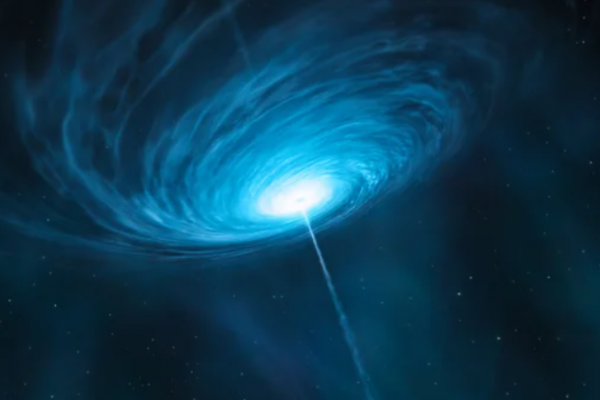
We will have CCAPP seminar on November 2 at 11:30.
Our speakers today will be Huanquing Chen & Taylor Hoyt.
The title and abstract of each seminar are below, together with the zoom link and password. '
To schedule a meeting, please use the following Google Doc: Huanquing:https://docs.google.com/spreadsheets/d/1eVgnDaw5lhBQ963ASEJujdcp2nEyC1oDIB52pWzPQaM/edit?usp=sharing
Taylor:https://docs.google.com/spreadsheets/d/1oyfxBv96f1HEd3PZTPzPwoW4SSdv43YCfgxKy9PtlcM/edit#gid=0
specifying your room or zoom link. Each speaker has highlighted the slots they are available in green.
Cheers
Link for the CCAPP Seminar on Tuesday:
https://osu.zoom.us/j/96209154804?pwd=d1lWZnRueGVVa2tabUZTak4xSkpaQT09
password: CCAPP-2021
Huanqing Chen:
Title: Probing the Environment of First Quasars Using Proximity Zone Spectra
Abstract: The matter density field at z~6 is very challenging to probe. One of the traditional methods that work successfully at lower redshift is the Lyman-alpha forest in quasar spectra. However, at z~6,the residual neutral hydrogen usually creates saturated absorption, thus much of the information about gas density is lost. The only places where we can detect unsaturated absorption are within aquasar proximity zone, thanks to the enhanced ionizing radiation from the quasar itself. Therefore, the quasar proximity zones play a crucial, irreplaceable role in probing cosmic reionization. In our study, we use simulations to show that the density field around z~6 quasars can be accurately recovered from Lyman alpha absorption spectra. We apply this method to a sample of observed high-quality quasar spectra from the XQR-30 survey to study the large-scale environments where the first quasars reside. In this talk, I will present the method to recover the density and our progress in understanding the large-scale structure during the epoch of reionization and the environments of the first quasars.
Taylor Hoyt:
Title: Resolving Debate Over the Tip of the Red Giant Branch Method's Calibration and its Application to Measuring the Hubble Constant
Abstract: As part of the Carnegie Chicago Hubble Program (CCHP), we determined a value of the Hubble constant, H0 = 69.8 +/- 1.9 km/s/Mpc, anchored by the Tip of the Red Giant Branch (TRGB)method. This value is less in tension with LCDM predictions than that determined from a Cepheid-SN distance ladder, seemingly weakening claims of new physics. The disagreement between the TRG Band Cepheids has sparked debate over the CCHP's calibration of the TRGB zero point, the value of which is perfectly degenerate with H0. In this talk, I will present my recent findings that settle the issue through careful experimental design and the use of state-of-the-art datasets. I will demonstrate that the contention over TRGB calibration is being sourced by systematic biases (due to, e.g., metallicity, age, and dust) in literature measurements, and that filtering out such biased measurements paints a self-consistent picture of TRGB calibration. More exciting developments are expected in the near future. With data from my forthcoming Hubble Space Telescope program, the definitive Hubble Telescope calibration of the TRGB will be determined. The door will also be opened for the method to be used in the near-infrared, which promises a tenfold increase in the number of TRGB-calibrated SNe Ia—a figure that would change the face of distance ladder H0 experiments.
